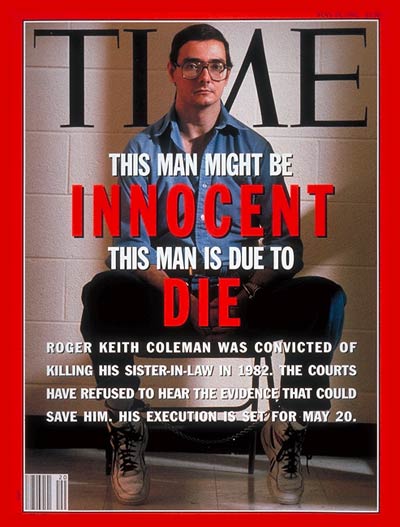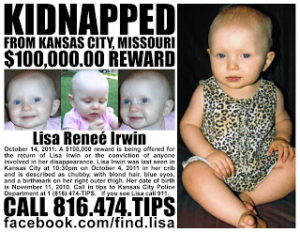 Baby Lisa is still missing, so a high profile Private Investigator has been hired on her behalf. Will his presence help, hinder or make no discernible difference in the investigation into Baby LisaŌĆÖs disappearance? Obviously, this question is not easily answered.
Baby Lisa is still missing, so a high profile Private Investigator has been hired on her behalf. Will his presence help, hinder or make no discernible difference in the investigation into Baby LisaŌĆÖs disappearance? Obviously, this question is not easily answered.
I hired a Private Investigator when my daughter was kidnapped. Hap Lipset came highly recommended and was an internationally known Private Investigator whose specialty was electronic surveillance. After initially offering to share PollyŌĆÖs case information, the Petaluma Police and FBI reneged and left my investigator to his own devices. By the end of the investigation three-months later, the best information that Mr. Lipset was able to provide to me was that a local newspaper was preparing to do a hit-piece on me. I was able to correct the record with the newspaper before the article was published and forestall an erroneous, but possible uncomfortable episode.
Private Investigators can definitely contribute to and enhance a missing person investigation. They provide an extra set of eyes and ears.┬ĀHowever, while Private Investigators may investigate criminal matters, they do not have police powers. They cannot arrest or detain suspects.
Unlike sworn police officers, Private Investigators are not bound by the Miranda warning. In other words, they do not have to advise criminal suspects that self incriminating statements may be used against them. They may bring years of experience and local knowledge to the investigation.
If your child is missing and you wish to retain the services of a Private Investigator, there are certain things that you should consider. Particularly given that the law enforcement agency in charge of the investigation will most likely refuse to share evidence or other case information. The background, experience, and area of expertise of the Private Investigator you are considering must be synchronized with the goal you are trying to achieve: the recovery of the missing child.
Private InvestigatorŌĆÖs come in various shapes, sizes, backgrounds, levels of experience and expertise. In a missing child case you want a Private Investigator that has a law enforcement background and contacts within the jurisdictional agency. You want an investigator with personal knowledge of the community and you want an investigator with a background in missing persons. In an ideal world you want someone who has actually found missing persons. Therefore, you want a local man or woman that has hopefully retired from law enforcement and has adequate resources to end run official stonewalling to either obtain or verify case information.
In one case that the KlaasKids Foundation was involved in the family of the missing person was interested in hiring a Private Investigator. I recommended an individual whom I had known since 1993 when he worked PollyŌĆÖs case as a special agent for the FBI. He was able to verify that the FBI was involved in the case and that the local authorities were conducting a viable and thorough investigation. He recommended that he continue monitoring the investigation and provide the family with regular reports. Although the family appreciated the information, they decided to go with a pro-bono grandstanding Private Investigator who was unable to keep any of his promises and had virtually no impact on either the family or the investigation.
The Private Investigator that has been hired to work Baby LisaŌĆÖs case is named Bill Stanton. Mr. Stanton is from New York and seems to specialize in executive protection, not missing persons: Strike One!┬ĀThis morning Kansas City Police Capt. Steve Young said that Private Investigators have no more access to crime scene evidence than the general public: Strike Two! Mr. Stanton has told at least one media representative that he is not in Kansas City in his capacity as a Private Investigator, but rather as a consultant or a new set of eyes. Therefore, his mission is not clear: Strike Three!
The decision on whether or not to hire a Private Investigator comes down to a matter of value, time and resource. What value can the Private Investigator provide that will assist in recovering the missing person? In this case it looks like that Mr. Stanton is a stranger in a strange land who must begin at square one. That in itself is a liability. Time is critical in recovery. More than a week has already passed and we seem no closer to finding Baby Lisa than the day that she disappeared. What resources does the Private Investigator bring to the case? In this case a reputation for bravado, and an opportunity to fuel the media cycle for a day or two.
Baby Lisa is still missing and the longer this goes on the grimmer the prognosis.

 surprise because the mother has already spent four-years in a penitentiary for child abuse. What is surprising is that she had custody of Jhessye, three of her siblings and was eight-months pregnant at the time of the little girlŌĆÖs disappearance. How could a racist spewing, child abusing ex-convict who was married to a registered sex offender gain control over a precious five-year-old girl who required nurturing and not torturing. Society failed to protect Jhessye from a monster.
surprise because the mother has already spent four-years in a penitentiary for child abuse. What is surprising is that she had custody of Jhessye, three of her siblings and was eight-months pregnant at the time of the little girlŌĆÖs disappearance. How could a racist spewing, child abusing ex-convict who was married to a registered sex offender gain control over a precious five-year-old girl who required nurturing and not torturing. Society failed to protect Jhessye from a monster.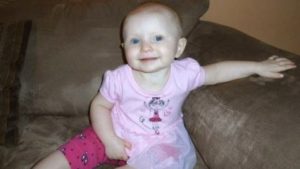 to do media interviews because life isnŌĆÖt fair. Instead, they have chosen to allow a ŌĆśdefenseŌĆÖ attorney from New York orchestrate a sham campaign designed to complicate the truth. Now the case is losing momentum, the investigation seems stalled in its tracks, and hired guns are calling the shots. Baby Lisa deserves way more from her family.
to do media interviews because life isnŌĆÖt fair. Instead, they have chosen to allow a ŌĆśdefenseŌĆÖ attorney from New York orchestrate a sham campaign designed to complicate the truth. Now the case is losing momentum, the investigation seems stalled in its tracks, and hired guns are calling the shots. Baby Lisa deserves way more from her family.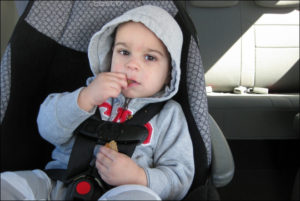 toddler strapped in his car seat, left the car door unlocked and walked a mile with her four-year-old daughter to the nearest gas station. When she returned an hour later the little boy was missing, prompting a massive search effort that has thus far turned up nothing. Funny thing though: the car had plenty of fuel in the gas tank, and she did not return with a gas can. The little boy disappeared, or was reported missing four days after contentious divorce mediation. In 2010, mom was involuntarily committed to a mental health center after her husband claimed she had dreams about killing her children.┬ĀShe also has a profile on a ŌĆśsugar daddyŌĆÖ website where she is apparently offering herself to the highest bidder. In response SkyŌĆÖs mom has said that her husband was a “sadistic Muslim Pakistani” and no one had “any idea” how “difficult” the whole affair had been. Dad, who has attended a local Christian church since 2006, has fully cooperated with the authorities since day 1. Trouble is, he is not going to spend Thanksgiving with the little boy the courts refused to allow him to visit.
toddler strapped in his car seat, left the car door unlocked and walked a mile with her four-year-old daughter to the nearest gas station. When she returned an hour later the little boy was missing, prompting a massive search effort that has thus far turned up nothing. Funny thing though: the car had plenty of fuel in the gas tank, and she did not return with a gas can. The little boy disappeared, or was reported missing four days after contentious divorce mediation. In 2010, mom was involuntarily committed to a mental health center after her husband claimed she had dreams about killing her children.┬ĀShe also has a profile on a ŌĆśsugar daddyŌĆÖ website where she is apparently offering herself to the highest bidder. In response SkyŌĆÖs mom has said that her husband was a “sadistic Muslim Pakistani” and no one had “any idea” how “difficult” the whole affair had been. Dad, who has attended a local Christian church since 2006, has fully cooperated with the authorities since day 1. Trouble is, he is not going to spend Thanksgiving with the little boy the courts refused to allow him to visit.


 that want to abuse and exploit our children will seek positions that will provide them with unsupervised access to children. We see it in the non-profit world, schools, pre-schools, churches, fraternal organizations and the athletic field. This is why President Clinton signed the Volunteers for Children Act of 1998. Now organizations and businesses dealing with children, elderly, and the disabled may use national fingerprint-based criminal history checks to screen out volunteers and employees with relevant criminal records. The Internet has provided a new virtual playground that needs to be the topic of its own story.
that want to abuse and exploit our children will seek positions that will provide them with unsupervised access to children. We see it in the non-profit world, schools, pre-schools, churches, fraternal organizations and the athletic field. This is why President Clinton signed the Volunteers for Children Act of 1998. Now organizations and businesses dealing with children, elderly, and the disabled may use national fingerprint-based criminal history checks to screen out volunteers and employees with relevant criminal records. The Internet has provided a new virtual playground that needs to be the topic of its own story.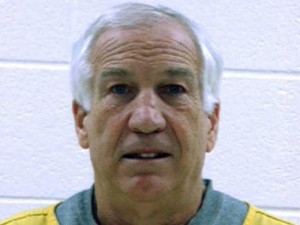

 Perhaps most importantly for those concerned with missing persons, ClarityŌĆÖs proposal includes a Public Safety and Alert channel that will allow truckers to receive news flashes, special reports, and full-length programming about unresolved missing person cases from local television stations, national cable and satellite channels, and Clarity channels. And in addition to high-profile cases, the service will also feature lower-profile cases that may have failed to receive media attention, including missing adults excluded by their age from the Amber Alert system.
Perhaps most importantly for those concerned with missing persons, ClarityŌĆÖs proposal includes a Public Safety and Alert channel that will allow truckers to receive news flashes, special reports, and full-length programming about unresolved missing person cases from local television stations, national cable and satellite channels, and Clarity channels. And in addition to high-profile cases, the service will also feature lower-profile cases that may have failed to receive media attention, including missing adults excluded by their age from the Amber Alert system.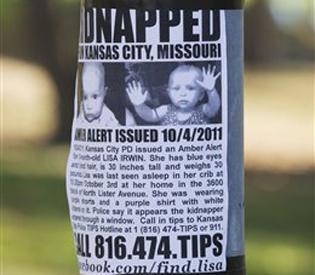
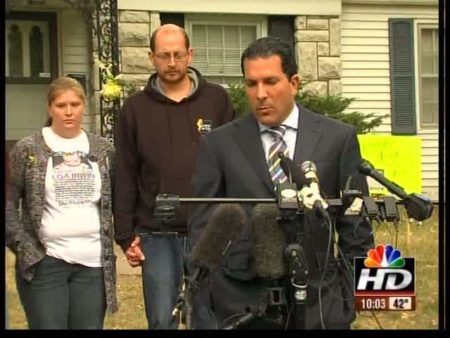
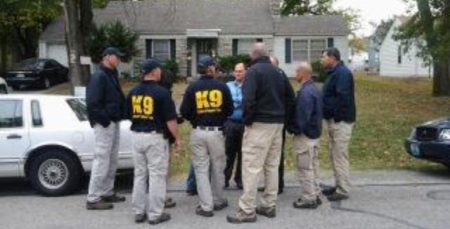



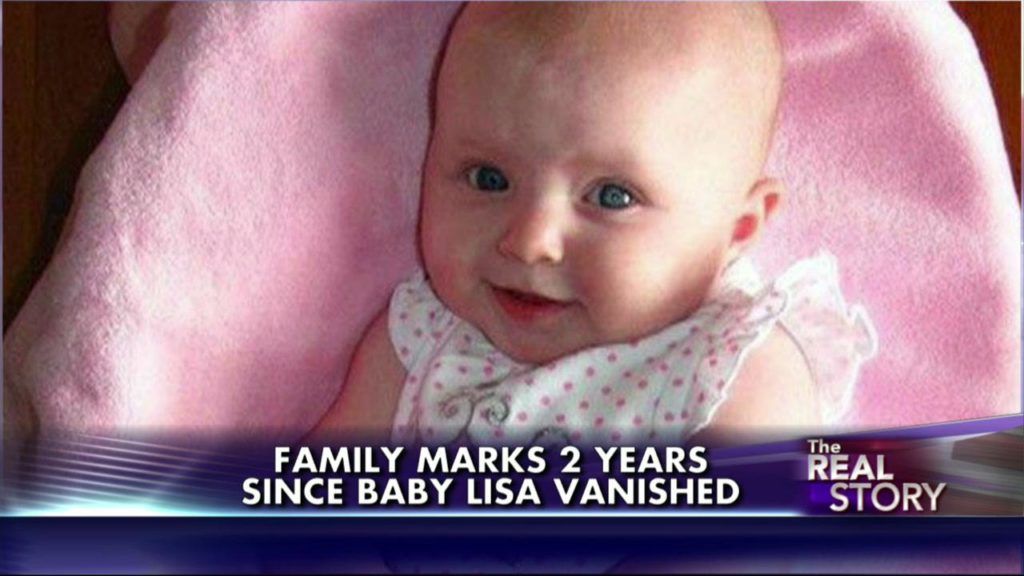
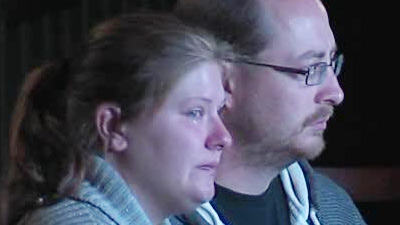 t
t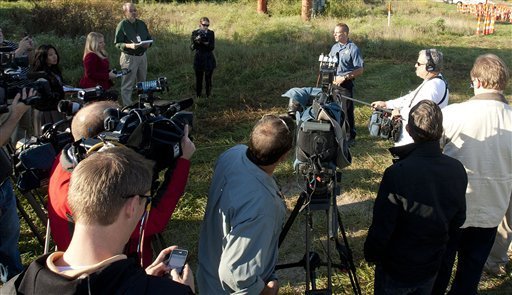 broadcasting trucks appear as if out of nowhere as miles of cable crisscross the missing childŌĆÖs neighborhood. Correspondents fly in and set up live shots across the street from the family home. We get breathless reports and updates every hour on the hour. In fact, cable news outlets have come to depend upon true crime stories to drive their ratings.
broadcasting trucks appear as if out of nowhere as miles of cable crisscross the missing childŌĆÖs neighborhood. Correspondents fly in and set up live shots across the street from the family home. We get breathless reports and updates every hour on the hour. In fact, cable news outlets have come to depend upon true crime stories to drive their ratings.